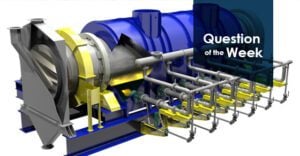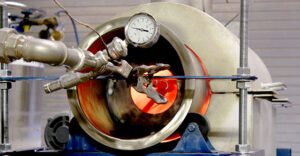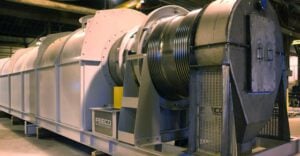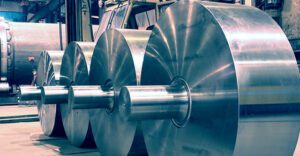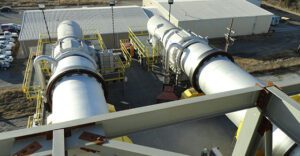What is the Cross-Flow Configuration in Indirect Kilns?
An important consideration in rotary kiln design is air flow, or the direction in which the process gas moves through the kiln in relation to the material. The cross-flow configuration is specific to indirect-fired rotary kilns. Here, the material and the process gas flow perpendicular …


